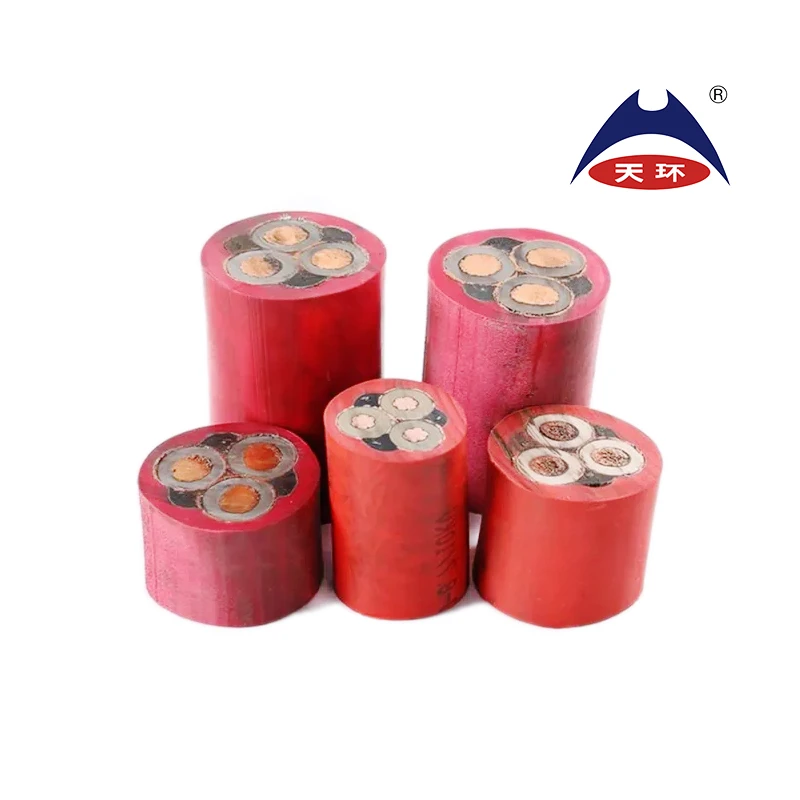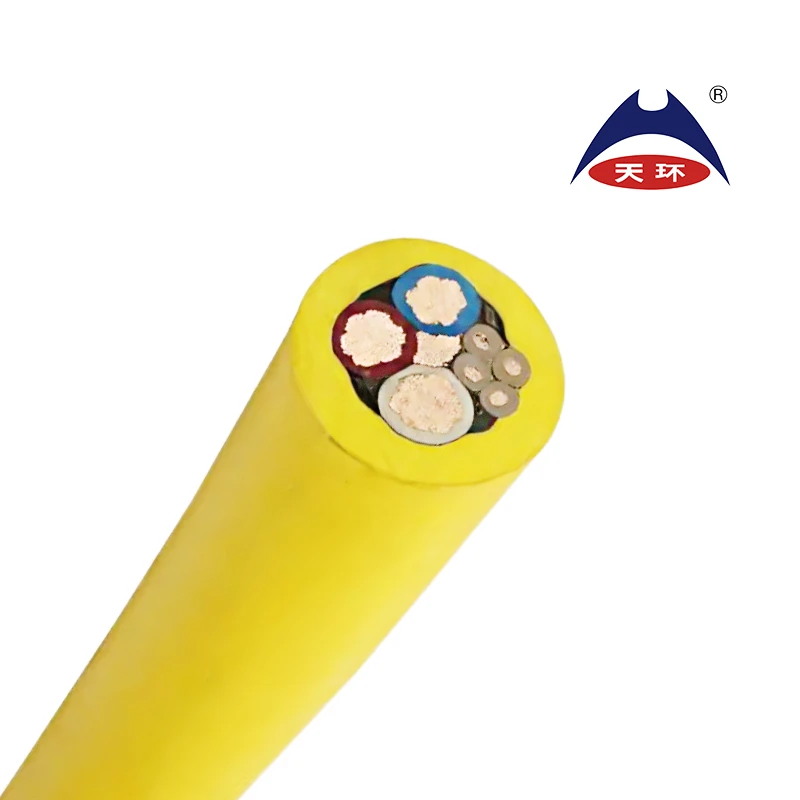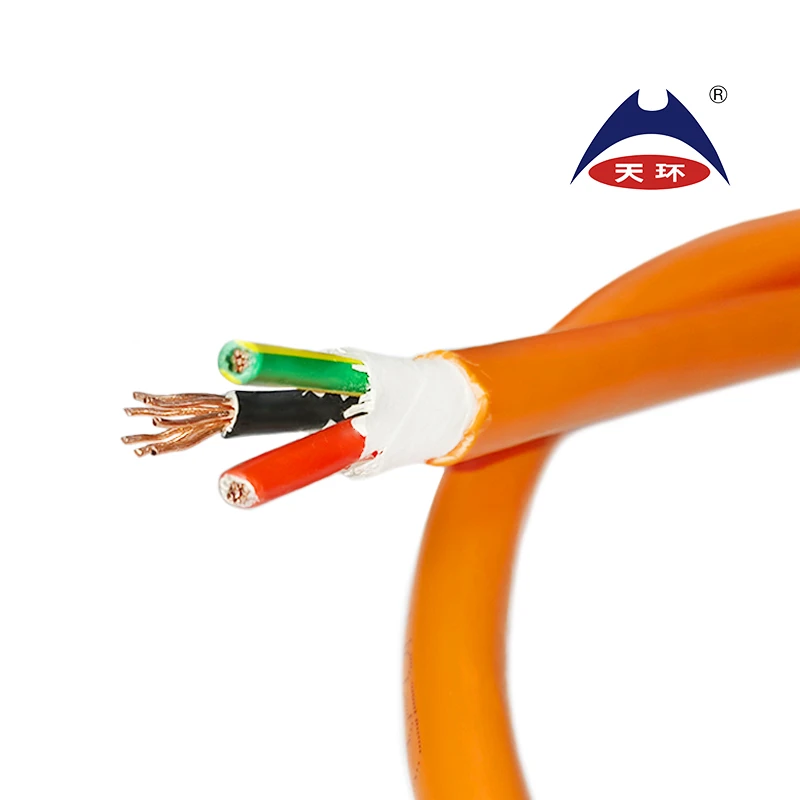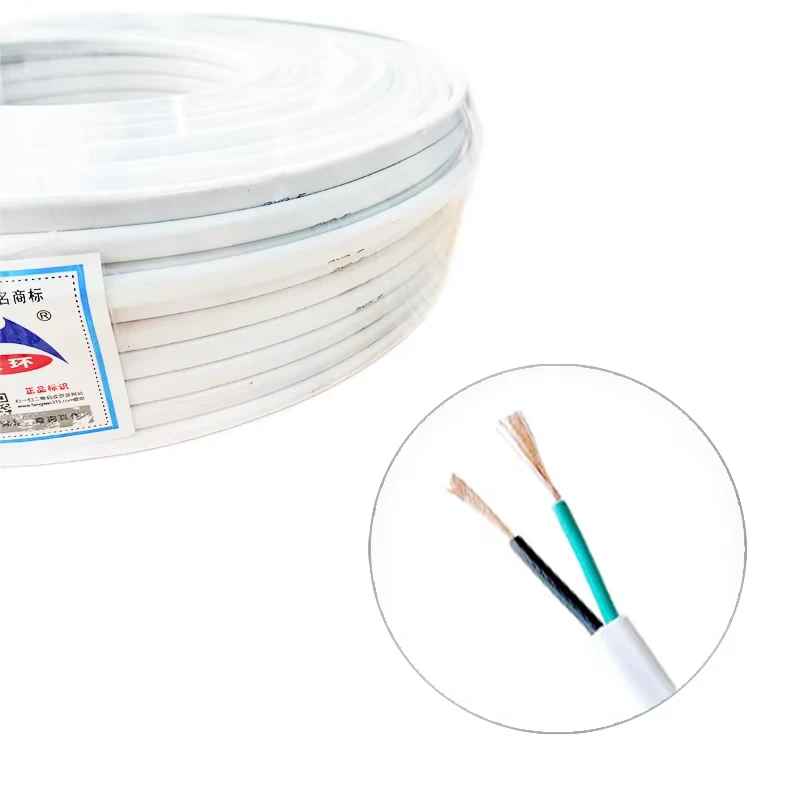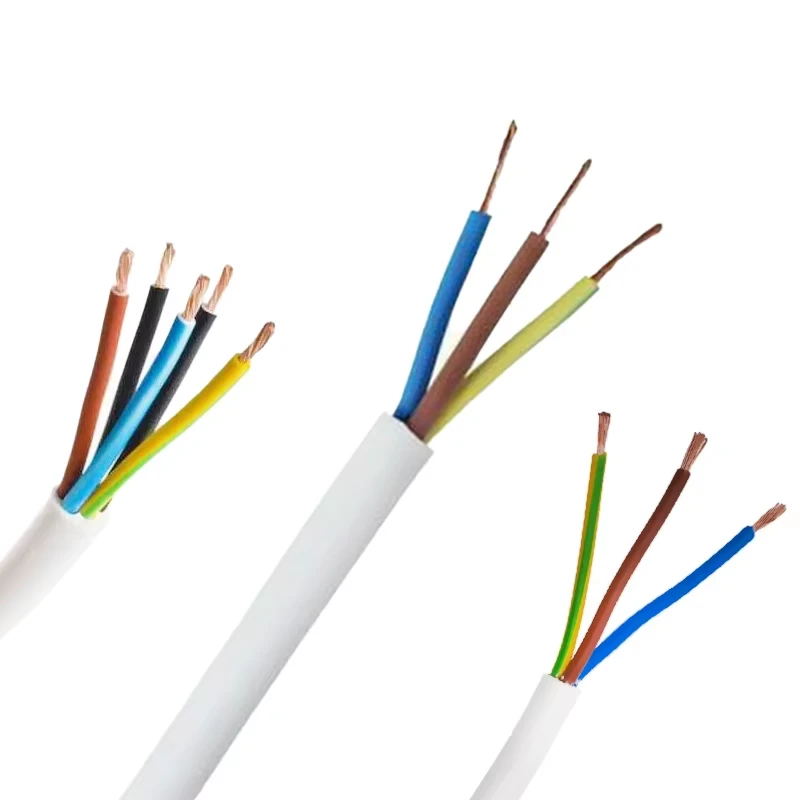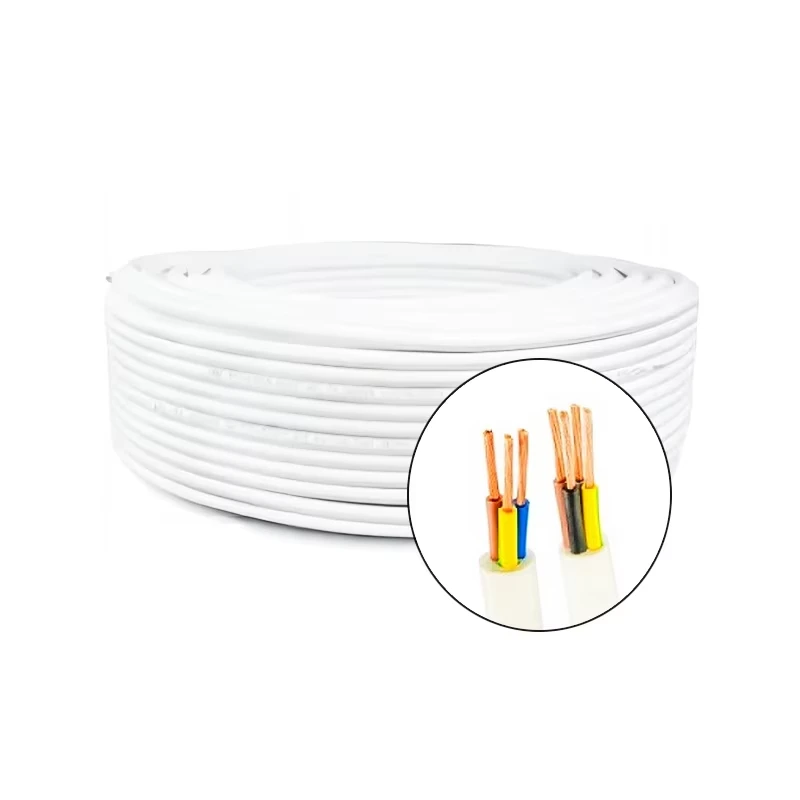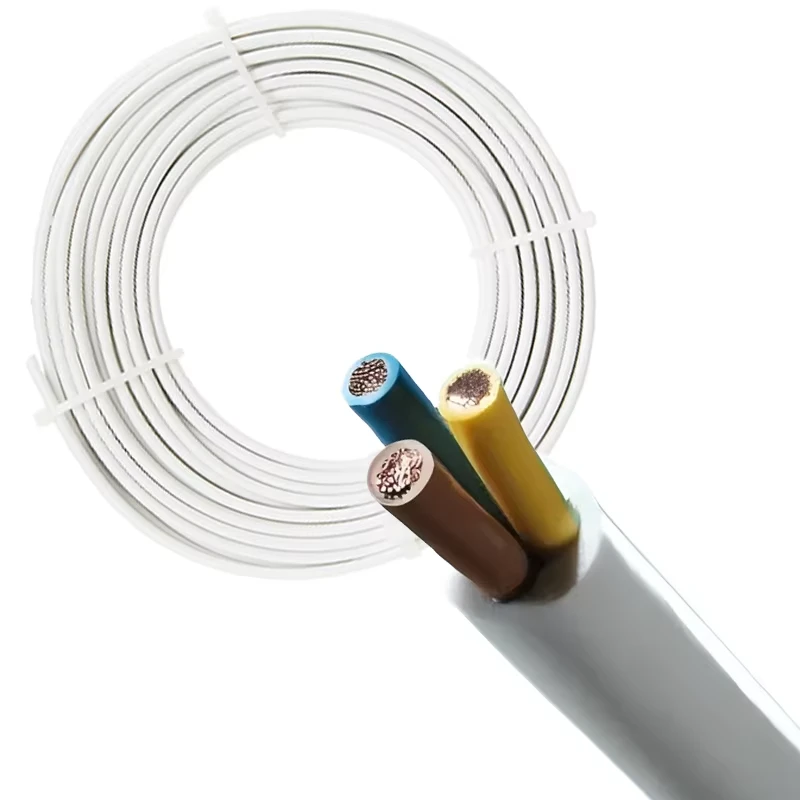
Exploring the Advantages and Applications of 200.6 1kV Best Cable for Reliable Power Distribution
Understanding Best 0.6/1kV Cables Features and Applications
When it comes to electrical installations, choosing the right cable is crucial for ensuring safety, efficiency, and reliability. Among the various options available in the market, 0.6/1kV cables stand out as a popular choice for low and medium voltage applications. In this article, we will delve into the features, benefits, and typical applications of best 0.6/1kV cables.
What is 0
.6/1kV Cable?The term 0.6/1kV refers to the voltage rating of the cable, indicating that it is suitable for use in systems where the highest voltage to earth does not exceed 0.6 kV and the highest phase-to-phase voltage does not exceed 1 kV. This category of cables is typically designed for power distribution and is commonly used in both residential and industrial settings.
Key Features
1. Insulation One of the most important aspects of 0.6/1kV cables is their insulation material. These cables often use cross-linked polyethylene (XLPE) or polyvinyl chloride (PVC) as insulation materials. XLPE offers better thermal resistance and mechanical strength, while PVC is flexible and cost-effective.
2. Conductor Type The conductors used in 0.6/1kV cables can be copper or aluminum. Copper conductors are preferred for their superior conductivity and corrosion resistance, while aluminum conductors are lighter and more cost-effective, making them suitable for overhead applications.
3. Armoring Many 0.6/1kV cables are designed with additional layer of armoring for mechanical protection. This is especially important in environments where the cable is exposed to physical damage. Steel wire armoring (SWA) is commonly used for this purpose.
4. Fire Resistance In various applications, fire safety is a key concern. Many manufacturers provide cables that are either fire-resistant or fire-retardant, ensuring that they can function safely in the event of a fire.
best 0.6 1kv cable
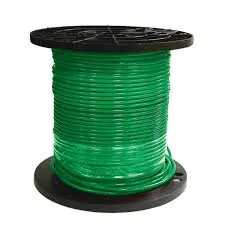
5. Flexibility and Handling Good quality 0.6/1kV cables are often engineered for flexibility which makes installation easier, especially in tight spaces or complex layouts.
Applications
1. Residential Wiring 0.6/1kV cables are widely used in residential buildings for electrical distribution from the main supply to various appliances. They are used to connect power points, lighting circuits, and kitchen appliances.
2. Industrial Use In industrial settings, these cables are vital for powering machinery and equipment. They are used in factories, processing plants, and other facilities that require a reliable power supply.
3. Renewable Energy With the growth of renewable energy sources, 0.6/1kV cables are crucial in connecting solar panels and wind turbines to the grid. Their efficient power transfer capabilities help in maintaining energy flow effectively.
4. Outdoor Applications The robust design and armoring options make 0.6/1kV cables suitable for outdoor applications, including street lighting, outdoor signage, and traffic systems.
Conclusion
When it comes to selecting the best 0.6/1kV cable for your specific needs, it is essential to consider factors such as insulation type, conductor material, and the intended application environment. High-quality cables ensure not only efficient electricity transmission but also safety and reliability over time. As technology advances, innovations in cable design and materials will continue to enhance the performance and applications of 0.6/1kV cables, making them a mainstay in the electrical industry. Whether for residential, commercial, or industrial purposes, understanding and choosing the right cable plays a critical role in the success of any electrical project.
-
Reliable LIYCY Cable Solutions for Low and Medium Voltage ApplicationsNewsJul.14,2025
-
Premium Overhead Electrical Wire Solutions for Low and Medium Voltage ApplicationsNewsJul.14,2025
-
Innovative XLPE Electrical Cable Solutions for Modern Low and Medium Voltage NetworksNewsJul.14,2025
-
High-Quality Ethylene Propylene Rubber Cable – Durable EPDM Cable & 1.5 mm 3 Core OptionsNewsJul.14,2025
-
Exploring the Versatility of H1Z2Z2-K 1X4mm2 Cables in Modern ApplicationsNewsJul.14,2025
-
Uses of Construction WiresNewsJul.14,2025
-
Types of Neoprene CableNewsJul.14,2025





